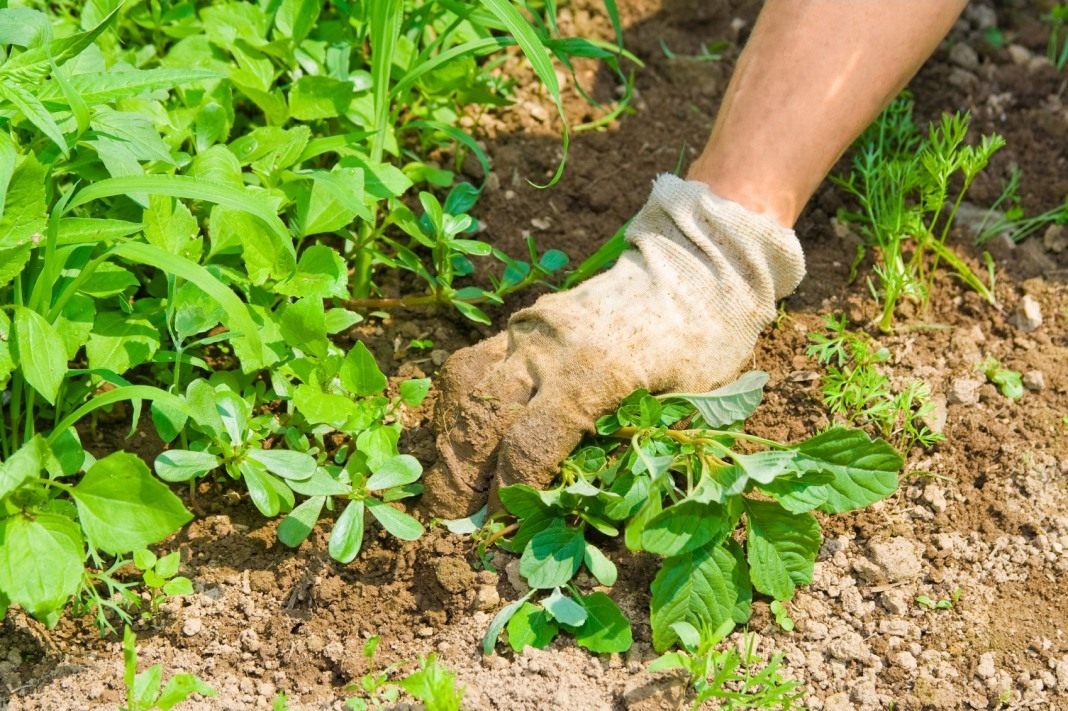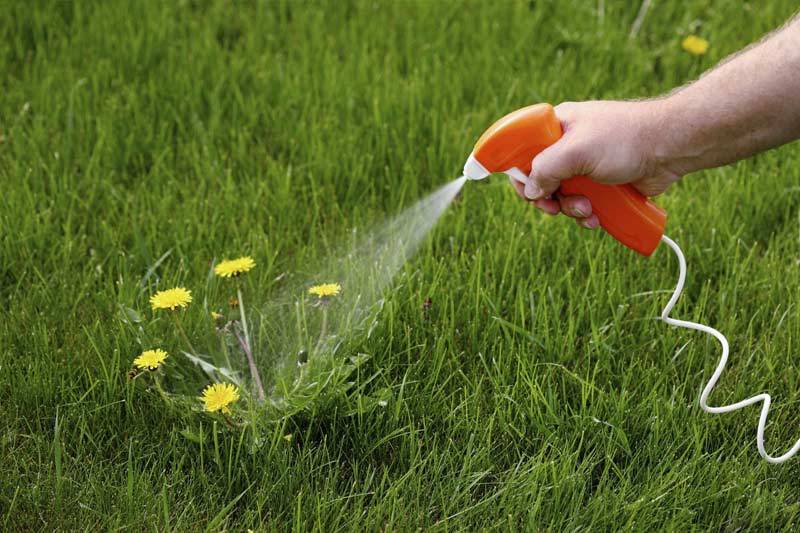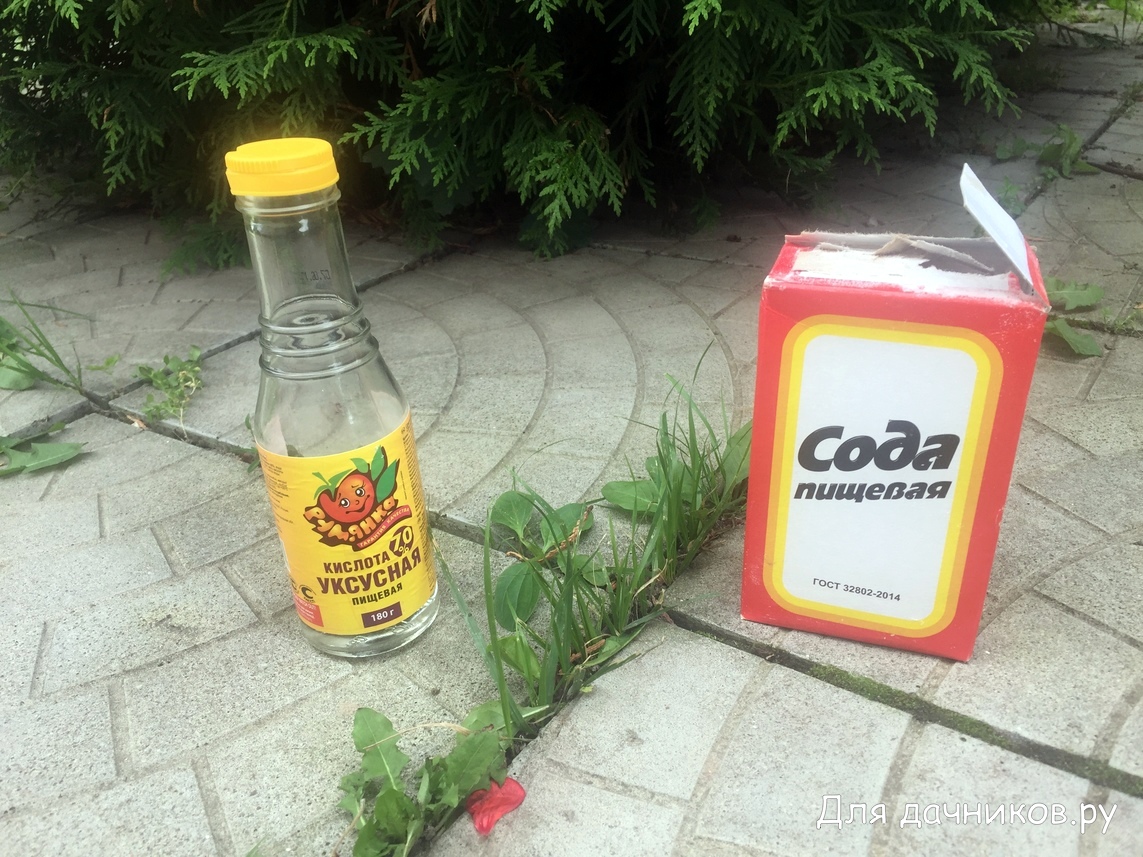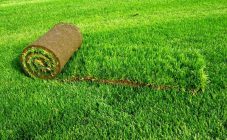Content:
Every gardener and gardener takes a lot of energy to fight weeds and grass in the country. Naturally, the beds require weeding, but the grass tends to grow constantly, it is located between the beds or in the flower beds between flowers, spoils the appearance. There are several effective ways to stop weeds from growing or get rid of them altogether.
Ways to get rid of weeds
For many centuries, summer residents have been looking for a way to get rid of weeds, because it takes a lot of time and effort to fight them when growing a garden. Everyone wants to grow a great crop without spending a lot of time removing weeds. Gardeners are constantly wondering what to do to keep the grass from growing. Weeding is not the only option. There are many effective ways to remove grass, the most popular ones are discussed below.
High-quality land cultivation
You can help reduce weed growth during seasonal work. When digging up soil, it is best to use a pitchfork instead of a shovel. This device will help to reach the grass with the whole root system, while the shovel divides the roots into parts. If you don't pick them right away, then the next year the grass will grow much more weeds.
In the spring, when the first grass appears, you should start removing it. If the soil is damp, then the weed is uprooted, if dry, it is recommended to dig it up. Removed plants are taken out of the site.
Freezing in winter
If you dig deep into the soil in the fall, carefully loosen it, then most of the roots remaining in the ground will simply freeze out. Only perennials that are not afraid of frost will remain. They can be removed in the spring when greenery appears with your hands.
Mulching
Around garden crops, the soil can be covered with compost, i.e. carry out mulching. This will block the growth of the grass, as there will be no air flow to them. A similar effect can be achieved by covering the distances between the plants with plastic wrap or thick cardboard. In this way, you can rid the paths between the beds of grass.
Strangulation of the root system
This effect can be achieved by repeatedly pruning the grass on the topsoil. In small areas (for example, in aisles, greenhouses), a hoe is used; for large areas, it is advisable to carry out processing with a harrow.
Herbicides
Such a remedy is good for fighting perennial weeds, these are: wheatgrass, nettle, sow thistle. Herbicides are special preparations, the main element of which is glyphosate. When exposed to plants, it causes their death. Within a week, the vegetation begins to dry out, after 20-30 days it completely dies. Among the most popular are: "Tornado", "Zero", "Roundup".
Roundup can only be used before planting vegetables or after harvesting them. When working with other herbicides during and after treatment, it is not recommended to carry out agrotechnical work with vegetables (weeding, loosening, and so on).
How to get rid of weeds between crops
Large areas are much easier to handle, but when weed appears between crops it seems like there are no other options other than weeding. In addition to chemical and mechanical options, you can use other methods.
Biological way
This is all the same mulching. The surface of the bed is covered with a dense opaque material, in which holes are made for horticultural crops. The choice of material for the shelter should be approached with caution, since the black film overheats the ground, the roofing material releases resin.
Replacement way
Weeds appear in free space. Therefore, it comes to the conclusion that if it is not there, then there will be less unnecessary grass. With regard to a flower garden, this issue is solved quite simply. Until the main perennials have grown, fast-flowering annuals can be planted in place of the voids.
Alcohol way
This option of getting rid of unnecessary grass came to Russia from America, where they began to try it back in the 30s. Its essence lies in the fact that the earth is treated with a 6% solution of ethyl alcohol about a week before planting. You can use 150 gr. simple vodka for 10 liters of water. Alcohol stimulates the seeds, they sprout together together. They can now be deleted at the same time.
Folk recipes
Herbicides have appeared at the disposal of people relatively recently, but weed control has been going on for many centuries. Our grandmothers also knew what to do so that the grass would not grow. They used many available means that can help in an effective fight:
- Soap, vinegar and salt. The action and rules for using such a composition are identical to modern herbicides. The components are taken in equal amounts (the soap is rubbed on a grater). The remedy should be insisted. Plants are treated with the resulting solution. It is important to ensure that the composition does not fall on garden crops.
- You can also destroy unnecessary plants with a mixture of salt and vinegar. For 5 liters of vinegar, 1 tbsp is taken. salt. The two components are thoroughly mixed and the weeds are treated. The product is very dangerous, so it is important to make sure that it does not fall on beneficial crops.
- Soda. This natural alkali is capable of destroying weeds, but at the same time it is completely safe for the soil. Soda is poured into the plant under the root, after a while nothing will remain of it.
- Sawdust. This processing option is suitable for vegetable gardens that have clearly delineated beds. In the fall, sawdust is poured along the edge, then the beds are dug up with complete removal of the roots. In the spring, you should also repeat the procedure. Weed grass will not crawl through the layer of sawdust to useful plantings.
In order for the garden to please with its beauty and a good harvest, it is important to know not only how to get rid of weeds in a timely manner, but also how to do it efficiently so that they do not appear again.













